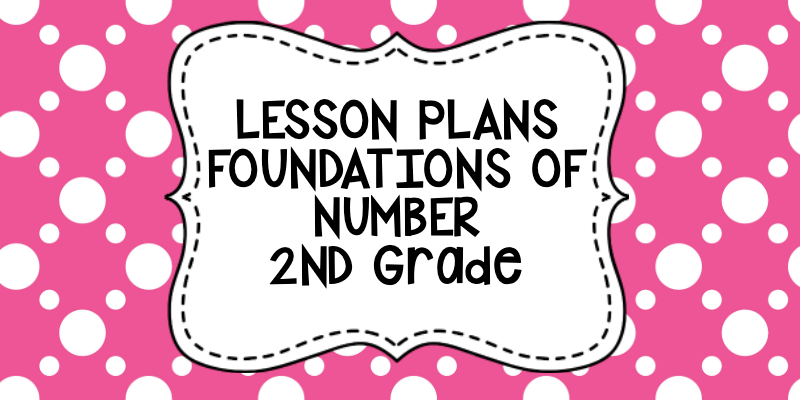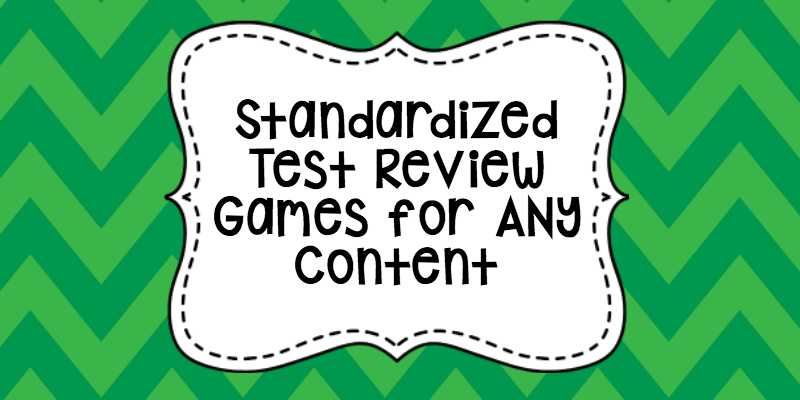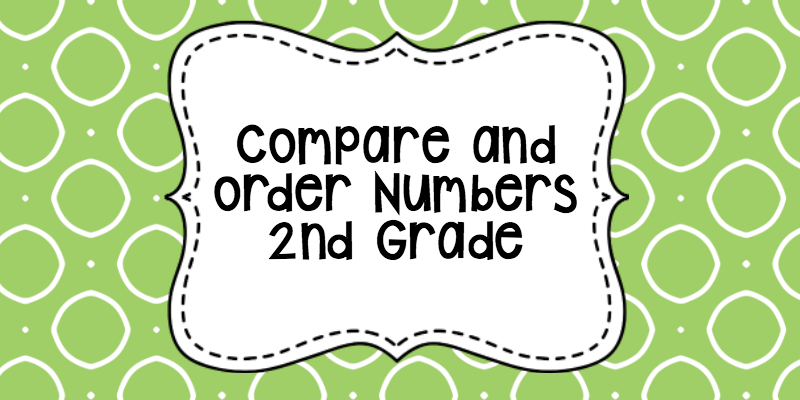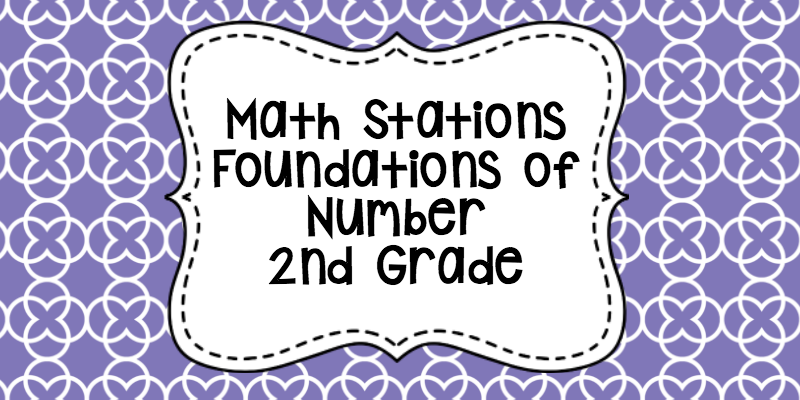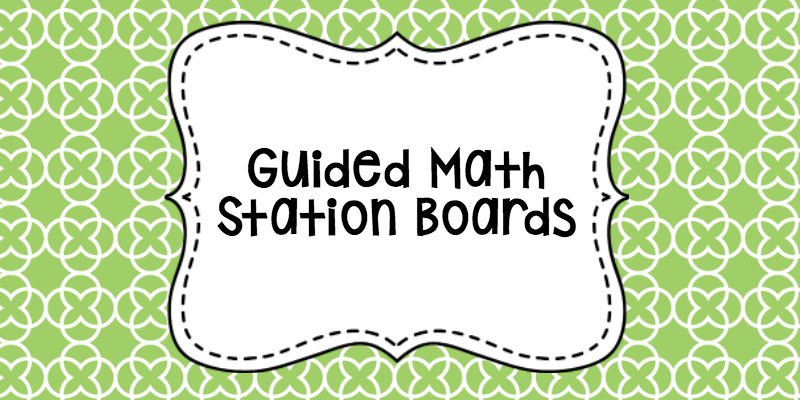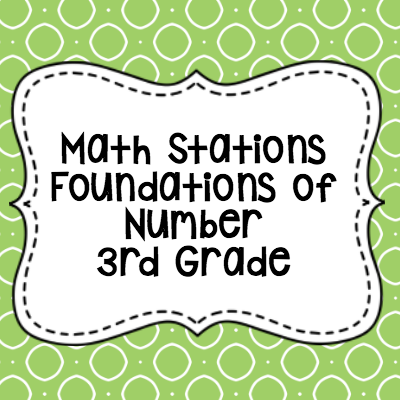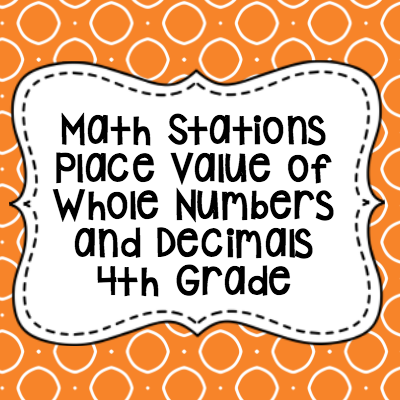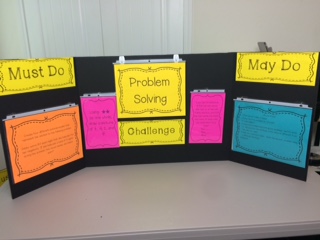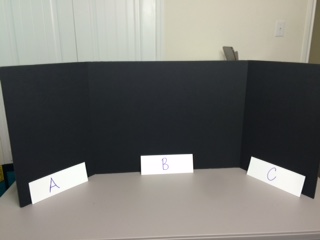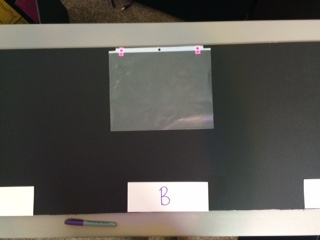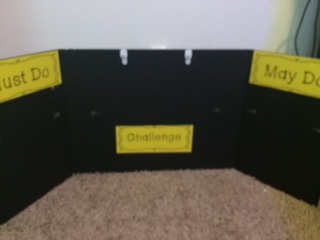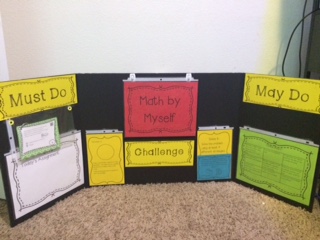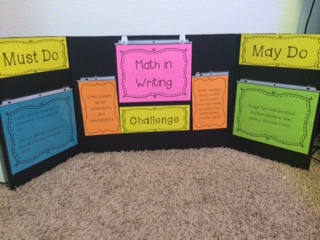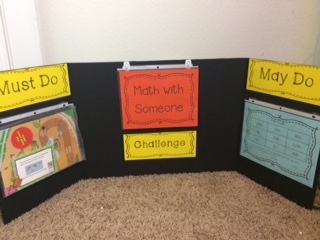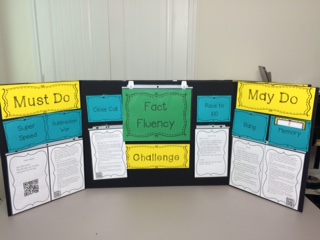


This unit is about extending the understanding of the base-10 place value system to include the thousands period and numbers up to 1,200. Students compose and decompose numbers through 1,200 in more than one way as a sum of so many one thousands, so many hundreds, so many tens, and so many ones using concrete objects (e.g., proportional objects such as base-10 blocks, non-proportional objects such as place value disks, etc.), pictorial models (e.g., base-10 representations with place value charts, place value disk representations with place value charts, open number lines, etc.), and numerical representations (e.g., expanded form, word form, standard form, etc.). Students use place value relationships in order to generate numbers that are more or less than a given number using tools such as a hundreds chart or base-10 blocks. Students compare whole numbers up to 1,200 and represent the comparison using comparative language and symbols. Students use number lines, including open number lines, to locate, name, and represent the order of these numbers.
I have broken down each TEK into Learning Targets to make it easier to track student progress and make working in a PLC easier. There are 10 skills in this unit! Each learning target contains intervention and enrichment skills. A student data sheet is included for students to reflect on their own learning for the unit. A teacher tracking sheet is included to make small group instruction easier!
Each day contains:
• Objective
• Learning Targets
• Materials
• Whole Class Teaching Activity
• Guided Math Activity
• Closure with an exit Ticket and answer key for most days.
You can use the Learning Targets to get ideas on Intervention and Enrichment skills.
Games and Engagement Activities in this unit include:
• Scavenger Hunt
• SCOOT
• Speed date Create
• Minute to Win It
• Ghost in the Graveyard
• Mirror
• 4 Square Draw Musical Shares
• Interactive Number Line
• SNAP
• 2 Truths And A Lie Musical Shares
